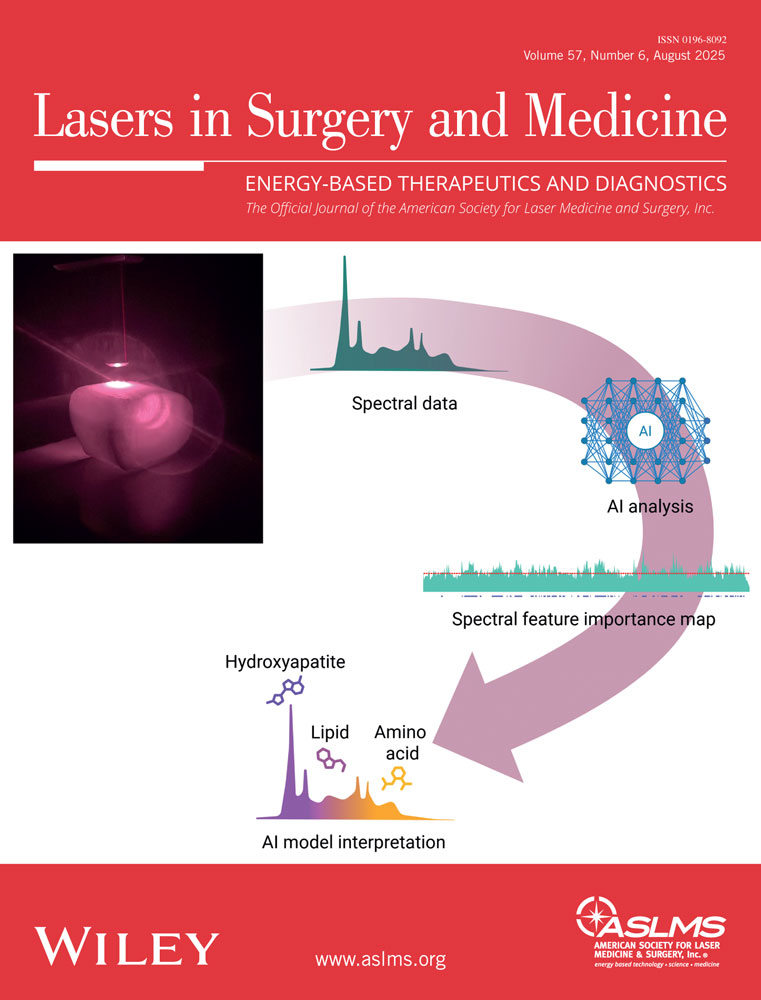GreenLight HPS laser 120-W versus diode laser 200-W vaporization of the prostate: Comparative clinical experience
Abstract
Background and Objective
We present our clinical experiences of two recently introduced vaporization laser systems: the GreenLight High Performance System (HPS) laser (532 nm, 120 W) and the Diolas LFD diode laser (980 nm, 200 W).
Materials and Methods
Two laser systems were evaluated to compare their clinical results for the treatment of benign prostatic hyperplasia (BPH). Patients were treated using either the GreenLight HPS laser (n = 84) or the diode laser (n = 55) in a prospective randomized study. The data of International Prostate Symptom Score (IPSS), maximum flow rate (Qmax), post-void residual urine (PVR), and quality of life score (Qols) were recorded at baseline, 1-, 6-, and 12-month follow-ups. The prostate volume and prostate-specific antigen (PSA) level were assessed at baseline and 6-month follow-up. All complications were also recorded.
Results
There was a statistically significant difference in IPSS, Qmax, PVR, and QoLs in each laser group at the 1-, 6-, and 12-month follow-ups compared with baseline. There was no statistical significant difference in any of these parameters at any follow-up interval between each group. The diode laser demonstrates superior hemostatic properties compared with the GreenLight HPS laser. Postoperative incontinence and postoperative irritative symptoms are more pronounced (P < 0.05) after diode laser prostatectomy. Higher incidence of dysuria with sloughing tissues and epididymitis (P < 0.05) is noted after diode laser prostatectomy. Other complications were comparable for both procedures.
Conclusions
Although both lasers can improve subjective and objective parameters of BPH, both can produce undesired effects. The search for the ideal vaporization laser to treat BPH still continues. Lasers Surg. Med. 42:624–629, 2010. © 2010 Wiley-Liss, Inc.




